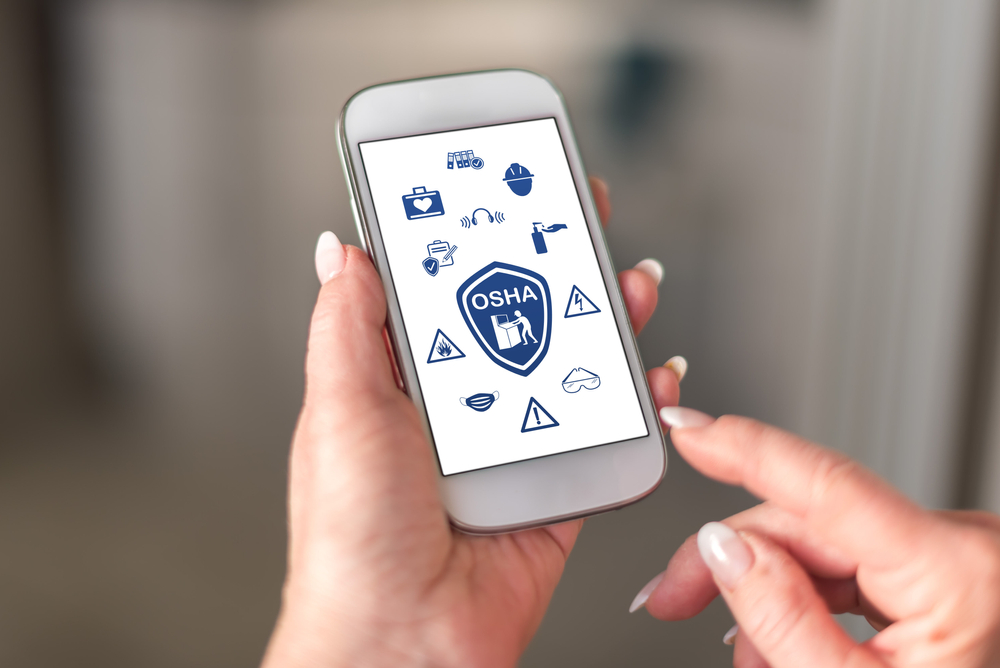On September 15, the Occupational Safety and Health Administration (OSHA) announced an expansion of its Severe Violator Enforcement Program (SVEP). The program’s new criteria include violations of all hazards and OSHA standards and will continue to focus on repeat offenders in all industries.
Under the agency’s 2010 policy, an employer could be placed in the program for violation of a limited number of standards.
Enforcement under the updated program includes mandatory follow-up inspections and ensuring increased awareness of enforcement actions, where appropriate, at the corporate level; corporatewide agreements; enhanced settlement provisions; and enforcement action in federal court.
Specific program changes include:
- Program placement for employers with citations for at least two willful or repeated violations or that receive failure-to-abate notices based on the presence of high-gravity, serious violations.
- Follow-up or referral inspections 1 year—but not longer than 2 years—after a final order.
- Potential removal from the SVEP 3 years after the date the agency has received verification that the employer has abated all program-related hazards. In the past, removal could occur 3 years after the final order date.
- Employers’ ability to reduce time spent in the program to 2 years if they consent to an enhanced settlement agreement that includes the use of a safety and health management system with seven basic elements in OSHA’s Recommended Practices for Safety and Health Programs.
The changes will broaden the program’s scope, with the possibility that additional industries will fall within its parameters.
“The Severe Violator Enforcement Program empowers OSHA to sharpen its focus on employers who–even after receiving citations for exposing workers to hazardous conditions and serious dangers–fail to mitigate these hazards,” Assistant Secretary for Occupational Safety and Health Doug Parker said in an agency statement.
Parker also wrote about the updated program on the Department of Labor’s blog.
“These changes to SVEP will hold a microscope to those employers who continue to expose workers to very serious dangers and help ensure America’s workers come home safe at the end of every shift,” Parker wrote.
OSHA hands Connecticut environmental lab $907,253 penalty
OSHA announced September 16 it cited Manchester, Connecticut-based Phoenix Environmental Laboratories Inc. for 6 willful violations, 10 serious violations, and 1 other-than-serious violation, with proposed penalties totaling $907,253.
According to OSHA, Phoenix Environmental Laboratories failed to:
- Ensure employees were not overexposed to methylene chloride.
- Perform initial exposure monitoring, and inform employees of monitoring results.
- Determine employees’ exposure levels when control methods were known to be inadequate.
- Ensure adequate ventilation during procedures that exposed employees to methylene chloride.
- Implement procedures to detect, contain, and safely dispose of leaking methylene chloride.
- Provide employees with adequate skin, eye, and face protection from methylene chloride and other solvents.
- Make medical surveillance available, and provide medical exams to exposed employees.
- Provide employees with information and training on the hazards associated with the chemicals they use.
- Ensure that chemical fume hoods functioned properly and did not leak onto employees.
OSHA reported that for several months, employees complained to management about faulty ventilation systems at the worksite and about symptoms that included dizziness, light-headedness, headaches, and unsteady walking, all of which can be caused by exposure to methylene chloride, a highly hazardous chemical and workplace carcinogen. Employees sustained exposures to methylene chloride, some above the permissible exposure limit, according to the agency.

